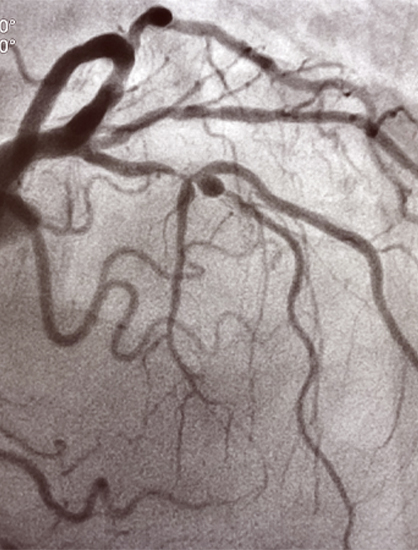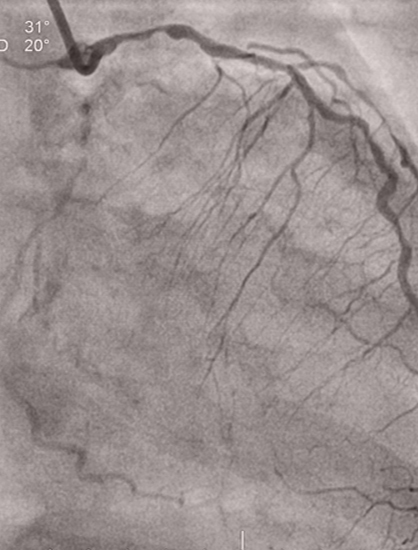
Bifurcation
Bifurcation Lesion is a coronary artery narrowing occurring adjacent to, and/or involving, the origin of a significant side branch that you do not want to lose.
In simple terms, it is a lesion in parent vessel very close or involving a significant side branch.
Drug-eluting stents (DES) should be used for the treatment of bifurcation lesions, as treatment with bare metal stents (BMS) ha yield sub-optimal results.


Bifurcation
Blockage
What is a bifurcation blockage?

Bifurcated
Stent
What is a bifurcated stent?
The left main is the largest bifurcation of the coronary tree and is, therefore, easier to access.
Types of
Left Main
Bifurcation
One-Stent Approach with Provisional Side Branch Stenting
- Wire both the Main Branch(MB) and Side Branch(SB) with coronary guidewires. Predilate the Main Branch.
- Main branch stenting sized to the distal main branch reference diameter with jailing of the SB wire.
- Assessment of the angiographic result in the MB and SB.
- Attempt to rewire the SB through the distal MB stent strut to enhance SB scaffolding. (If successful, remove the jailed SB wire.)
- After the SB is rewired, dilate the SB.
- Assessment of the angiographic result in the MB and SB.
- If the SB result is suboptimal, perform final kissing inflation (FKI) or preferably sequential side-main-side (SMS) balloon dilatation on the SB and MB with a noncompliant balloon or assess the hemodynamic significance of the SB with fractional flow reserve (FFR).
- SB stenting if the SB in ≥2.5 mm and has ≥75% stenosis, FFR ≤ 0.80, TIMI (thrombolysis in myocardial infarction) flow grade < 3, or plaque shift into the SB.
- After SB stenting, repeat FKI or SMS.


Two-Stent Approach
- Classic T-stent and Modified T-stent Technique
- TAP Technique– This technique is typically used with the provisional one-stent approach; however, it can also be used for the elective two-stent approach.
- Culotte Technique-allowscoverage for complete lesion. It should preferably be performed with stent platforms that have an open cell design.
- Mini-crush and Step-crush technique– The mini-crush technique has replaced the original technique by reducing the number of overlapping stents in the proximal MB. In the step-crush technique, the main difference is that the protruded SB stent is “crushed” with a noncompliant MB balloon.
- V- stent and SKS Techniques – Both techniques employ simultaneous implantation of the MB and SB stents, difference between the two techniques is the amount of stent protrusion into the proximal MB. A small amount is V-stent technique, whereas a significant amount is the simultaneous kissing stent (SKS) technique.

